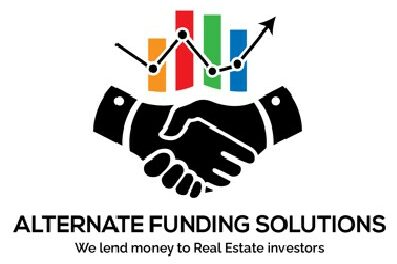


Alternate Funding Solutions is a Private Money Lender offering creative financing solutions for Real Estate investors through Private Money Loans. We want to help Real Estate Investors fund their deals so they can increase their bottom line.
So you think you found a good deal? First, you’ll need to run the numbers to see if they agree that you’ve found a profitable deal.
Making money on the buy is simple. This simple expression has stood the test of time in most businesses. Buy low and sell high. And it’s true in real estate as well.
If the investment property is too expensive or doesn’t possess the potential to return a good margin at a cash-out refinance, you are subject to risk. Meaning the money used in the deal, the time, and the effort are subject to risk and ultimate failure.
Finding “the right deal” is an essential skill for real estate investors to master.
You need to find below market properties that you know will possess an improved market value once renovations are complete. Whether you are doing fix-and-flip deals or want to use the BRRRR Method, buying a property below market value is crucial.

So, what is the 70% rule? To ensure a healthy ROI, an investor needs to ensure that their financing covers no more than 70% of their ARV (or After Rehab Value).
These percentages vary depending on the lender and the market conditions. Some markets or deals might produce a lower margin. But, again, it’s up to the investor to understand their particular area to make the numbers work (or not).
Sometimes adjustments or unforeseen costs come into play, meaning you might be operating at 75% of the After Repair Value (ARV), resulting in a lesser return. Intelligent investors know they need to plan for contingencies. But it would help if you had equity to cover your expenses and provide a potential profit that allows for a cash-out refinance.
Let’s look at an example. You purchase a fixer-upper for $100,000 and do $25,000 in renovations. After some analysis, you estimate that the ARV or After Rehab Value, of the property is around $165,000.
The Numbers:
Purchase price: $100,000
Renovations: $25,000
Total costs: $125,000
ARV (for /the chosen market): $165,000
Profit = $40,000
By using the 70% rule:
Total Cost (70%): $115,500
Minus Renovations: $25,000
Your Offer: $90,500
Profit: $49,500
In this case, the investor enjoys a healthy margin of 40%. Here the investor did better than what the 70% Rule allows. For many, this is a win and a great deal for the investor.
Keep in mind; however, that the above example uses some simple calculations. A lot more detail goes into estimating the cost of buying and repairing a home, so you’ll need to include these also in your expenses. Think inspection fees, title insurance, homeowners insurance, and other additional costs that come into play when buying a house. Not to mention selling the house later down the road. We’ll explore that in a future article.
Once you lock down that “great deal” with the seller signed contract, it’s time to get funded. Give us a call and we’ll guide you through that process.

Following proven criteria will help you get into the “sweet-spot” of a transaction. Stay in that sweet-spot to maximize your profits.
